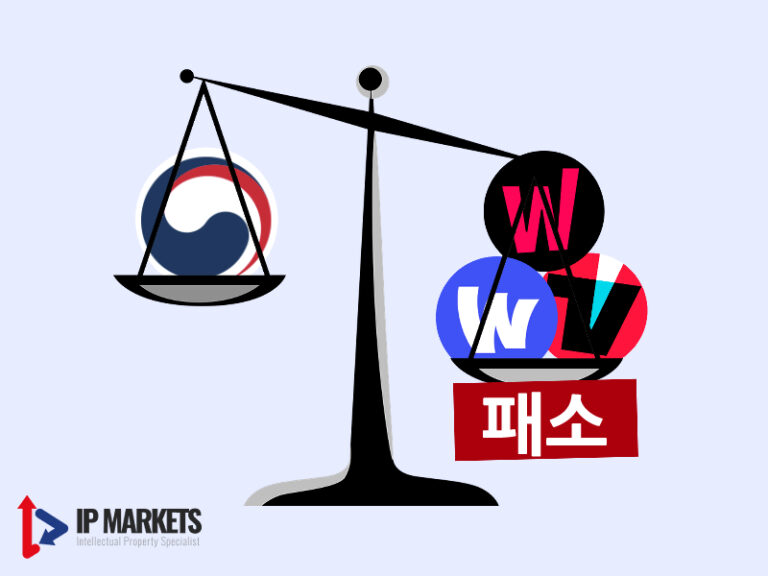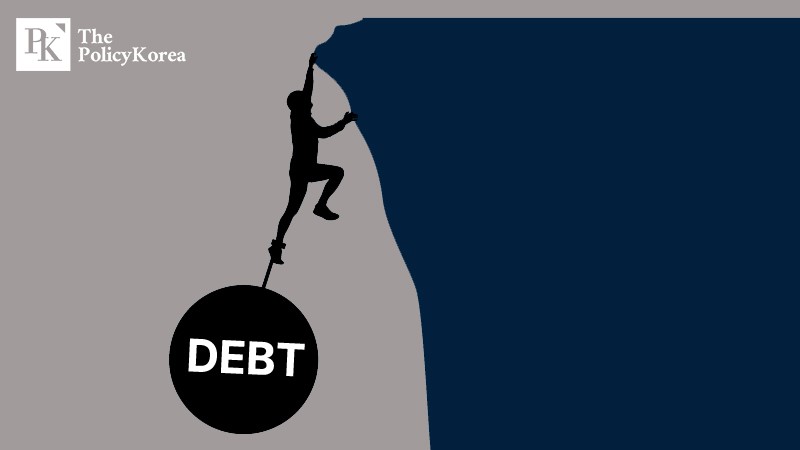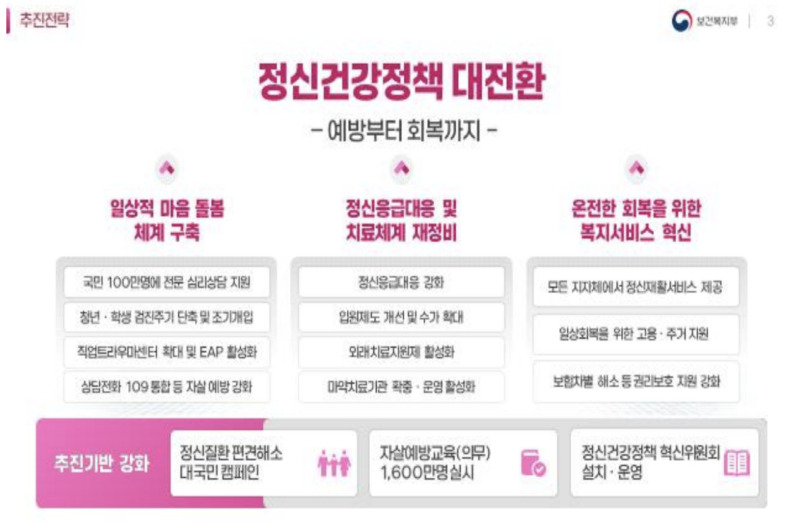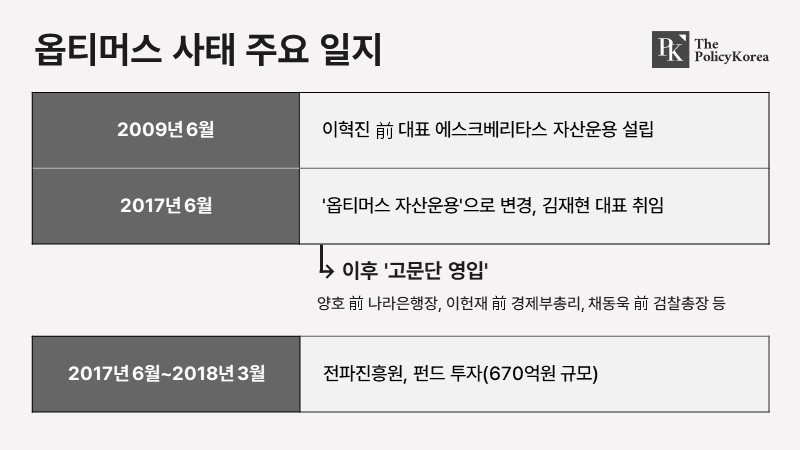[동아시아포럼] 미국은 한국의 자체 핵 개발 막을 수 있을까
윤 대통령, 한미동맹 70주년 기념차 워싱턴 국빈 방문해 워싱턴 선언 채택 올해 초 윤 대통령 핵무장 가능성 언급하자 핵무기 개발 논쟁 불붙어 신속하고 견고하게 NCG 결성돼야 한국의 자체 핵무장론 잠재울 수 있을 것
[동아시아포럼]은 EAST ASIA FORUM에서 전하는 동아시아 정책 동향을 담았습니다. EAST ASIA FORUM은 오스트레일리아 국립대학교(Australia National University)의 크로퍼드 공공정책 학교(Crawford School of Public Policy) 산하의 공공정책과 관련된 정치, 경제, 비즈니스, 법률, 안보, 국제관계 및 사회에 대한 분석 및 연구를 위한 플랫폼입니다.
저희 폴리시코리아(The Policy Korea)와 영어 원문 공개 조건으로 콘텐츠 제휴가 진행 중입니다.
지난 4월 윤석열 한국 대통령이 한미동맹 70주년을 기념하고자 워싱턴을 국빈 방문해 조 바이든 미국 대통령을 만났습니다. 당시 회담에서 두 정상은 한미동맹의 굳건함과 한반도를 비롯한 지역적, 세계적 사안에 대한 협력 강화를 강조했습니다.
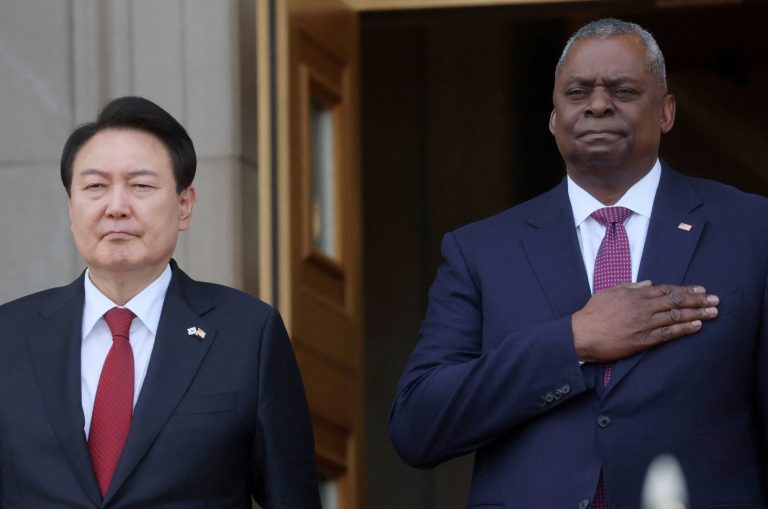
이번 정상회담의 최대 성과는 한미 핵협의체(Nuclear Consultative Group, NCG) 창설 등을 골자로 하는 워싱턴 선언의 채택입니다. 한국 내부와 동아시아 지역에서 무시할 수 없는 사건이 여럿 발생하자 그 대안으로 제시된 것입니다.
올해 1월 윤 대통령이 한국의 핵무장 가능성을 언급하자 한국에서는 핵무기 개발에 대한 공개적인 토론이 활발히 진행됐습니다. 한국인들을 대상으로 한 여론조사 결과 핵무기 개발을 지지하는 국민의 비율은 60년대 후반에서 70년대 중반 사이에 기록된 수준과 비슷했습니다.
이러한 여론이 조성된 건 미국의 확장억제 약속에 대한 의심, 그리고 북한이 한국과 미국 본토를 동시에 위협한다면 미국이 과연 한국을 방어할지에 대한 걱정 때문입니다. 몇몇 핵무기 개발론자들은 이미 핵을 보유한 북한과의 균형을 유지하고 점점 커지는 지역적, 세계적 안보 위협에 대응하려면 한국 역시 더 큰 자율성과 주체성을 가지고 자체 방어력을 증강해야 한다고 주장합니다.
한국을 비롯한 동아시아 지역의 가장 큰 문제는 역시 북한입니다. 북한은 꾸준히 군사력을 기르고 있는데, 올해 1월부터 5월까지만 해도 다양한 발사 지점과 발사 시스템을 활용해 6번의 단거리 탄도 미사일 시험, 3번의 순항 미사일 시험, 3번의 대륙간 탄도 미사일 시험을 시행한 바 있습니다.
이는 북한이 잠재적인 핵 사용 시나리오를 수립, 핵무기를 계속 발전시키겠다는 목표를 가지고 있다는 뜻입니다. 북한 내에서는 핵 무력을 계속 강화해 정권의 생존에 대한 장기적인 군사적 위협에 대응하는 준비 태세를 유지해야 한다는 인식이 존재합니다.
북한의 무기로 인한 위협에 대응하고자 한국, 미국, 일본은 군사 훈련 확대를 통해 3자 간 안보 협력을 강화했습니다.
올해 들어 이 세 나라는 탄도미사일 방어, 대잠수함전, 수색구조, 해상미사일 방어를 위한 합동 군사훈련을 실시했습니다. 전력 상호운용성을 강화하고 3국의 지역적 협력을 과시하기 위해서였죠. 현재는 지역적 억지력을 강화하기 위해 북한의 미사일을 감지하는 실시간 데이터를 공유하자는 논의가 진행되고 있습니다.
물론 워싱턴 선언에는 미국의 핵무기 재배치나 미국 핵 자산의 공유 등 한국에 대한 미국의 핵 정책을 근본적으로 바꾸는 내용이 없습니다. 즉 이 선언의 주된 목적은 군사적 대응을 함께 계획하고, 협의를 강화하고, 훈련 혹은 모의 훈련을 더 자주 시행해 북한, 그리고 미국의 방위 약속에 대한 한국 사람들의 공포를 잠재우는 것입니다.
NCG로 인해 한국은 북한의 잠재적 핵 공격에 대비해 미국과 협의하고 조율하는 과정에서 더 큰 역할을 하게 됐습니다. 2000년대 초부터 한국의 핵무기 개발론자들은 한미동맹 내에서 핵 확장 억제 노력을 강화하고 미국의 핵 억제 약속을 북대서양조약기구(North Atlantic Treaty Organization, NATO)의 핵 기획그룹(NATO Nuclear Planning Group, NPG)과 같은 더 긴밀한 체제로 발전시켜야 한다고 주장했는데, 이들의 요구가 받아들여진 셈입니다. 독자적인 핵 개발에 반대하는 한국의 핵 반대론자들과 ‘온건파’ 개발론자들 역시 더 큰 목소리를 낼 수 있게 됐습니다.
하지만 이 협정이 북한의 핵무기 확장에 대한 한국인들의 불안감을 타파한다는 목적을 완전히 달성했는지는 의문입니다. 미국으로부터의 핵무기 지원 혹은 한국의 핵무기 프로그램에 대한 미국의 지원을 바라는 핵무기 개발론자들을 만족시키지도 못했죠. 일부 개발론자들은 어떤 나라가 개발했는지와 관계없이 한국이 핵무기 통제권을 쥐고 있어야만 핵 문제가 해결된다는 견해를 고수하고 있습니다.
NCG가 과연 얼마나 빨리, 얼마나 견고하게 결성되는지에 따라 한국의 핵 개발 욕구가 사그라들 가능성이 달라질 것입니다. 아울러 한국과 미국은 북한을 협상 테이블로 복귀시키기 위한 대안적 혹은 추가적 조치를 동시에 모색해야 할 것입니다. 핵 확장 억지력과 외교, 어느 하나도 놓치지 않고 함께 강화해야 한다는 뜻입니다.
워싱턴 선언은 한국에 대한 미국의 방위 조약에 존재하는 기존 문제를 어느 정도 해결했을지 모르지만, 한국인들은 미국의 핵 확장 억제가 지속될 수 있는지와 한국의 방위 능력이 지역적 안보 위협 상황에서 어떻게 발전해야 하는지를 계속해서 평가할 것입니다.
한국은 과연 어떤 선택을 할까요? 이를 예측하기 위해서는 다가오는 미국 대통령 선거와 북한의 계속되는 핵실험에 대한 국제 사회의 반응을 주시해야 합니다.
Challenges ahead for US efforts to quell South Korea’s nuclear ambitions
South Korean President Yoon Suk-yeol’s state visit to Washington to meet with US President Joe Biden in April 2023 marked the 70th anniversary of the US–South Korea alliance. The meeting provided an opportunity for the two leaders to highlight US–South Korean alignment and deepening cooperation on issues of peninsular, regional and global significance.
Of particular significance during the summit meeting was the unveiling of the Washington Declaration that established the US–South Korea Nuclear Consultative Group (NCG). The Declaration represents a response to several consequential domestic and regional developments.
In South Korea, the public debate over developing nuclear weapons gained unprecedented attention after President Yoon’s comment in January 2023 about the possibility of South Korea going nuclear. Polls in South Korea show the percentage of domestic support for the acquisition of nuclear weapons ranging between the high 60s and mid-70s.
The factors driving the South Korean public’s sentiment include concerns over the US extended deterrence commitment and whether the United States would defend South Korea if North Korea were to simultaneously threaten the US mainland. Advocates of nuclearisation also call for nuclear balance with North Korea’s nuclear arsenal and greater autonomy and agency over South Korea’s ability to defend itself in the face of growing regional and global security challenges.
Regionally, North Korea has continued to advance its military capabilities. Within the first five months of 2023, the country has launched six short-range ballistic missile tests, three cruise missile tests and three intercontinental ballistic missile tests.
These tests — which have used a diverse set of launch sites and delivery systems — signify North Korea’s desire for continued progress within its weapons program through the operationalisation of potential nuclear-use scenarios. These advancements also underscore North Korea’s perception that it must continue strengthening its nuclear forces and maintain its readiness to counter what it views as long-term military threats to the survival of the regime.
In response to the growing threat posed by North Korea’s weapons program, the United States, Japan and South Korea have strengthened trilateral security cooperation with the expansion of military exercises.
In 2023, the three countries have conducted joint military drills for ballistic missile defence, anti-submarine warfare and search-and-rescue and maritime missile defence. These exercises aim to enhance force interoperability and showcase regional trilateral cooperation. Current discussions for the United States, Japan and South Korea to share North Korean missile warning data in real-time further reinforce efforts by the three countries to strengthen deterrence in the region.
The Washington Declaration does not represent a fundamental change in US nuclear policy towards South Korea, such as the redeployment of US nuclear weapons or sharing of US nuclear assets. Rather, the agreement assuages South Korean anxieties about North Korea and US defence commitments through joint planning, enhanced consultations and expanded training and tabletop exercises.
The NCG envisions an increased role for South Korea to consult and coordinate with the United States against a potential North Korean nuclear attack. This addresses the concerns of South Korean advocates who have argued since the early 2000s for strengthening extended deterrence efforts within the alliance and embedding US nuclear deterrence into a broader framework like the NATO Nuclear Planning Group. In this sense, opponents of a nuclear South Korea and moderate nuclear proponents now have a concrete agreement to point to when debating against independent nuclear acquisition.
But the agreement may not prove satisfactory for resolving the South Korean public’s perceived vulnerability against North Korea’s expanding nuclear arsenal. Nor does it assuage nuclear proponents who desire the return of US nuclear weapons or US support for a South Korean nuclear weapons program. For some nuclear advocates, it is likely that only South Korean control over nuclear weapons — whether owned by the United States or South Korea — will resolve the current nuclear debate.
The ability of the NCG to quell South Korean desires for nuclear weapons may depend on the speed and robustness of its implementation. Still, the United States and South Korea will simultaneously need to explore alternative or additional measures for bringing North Korea back to the negotiating table. Extended deterrence and diplomacy should strengthen in conjunction with — rather than at the expense of — one another.
While the Washington Declaration may have moved forward the needle in addressing existing questions regarding US defence commitments to South Korea, South Koreans will continue assessing whether US extended deterrence could come under future threat and how South Korean defence capabilities should evolve alongside regional security threats.
The upcoming US presidential election and the international community’s response to continued North Korean testing will likely contribute to how South Koreans evaluate the path ahead.



